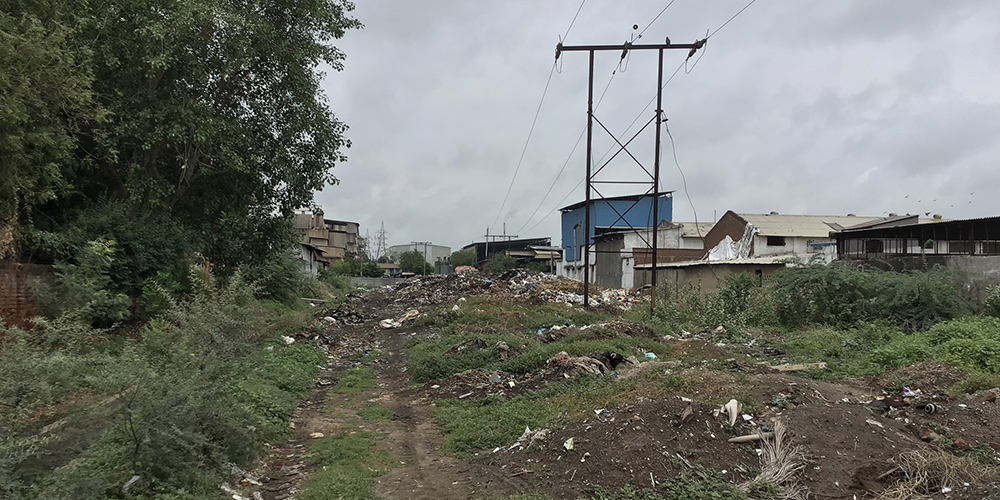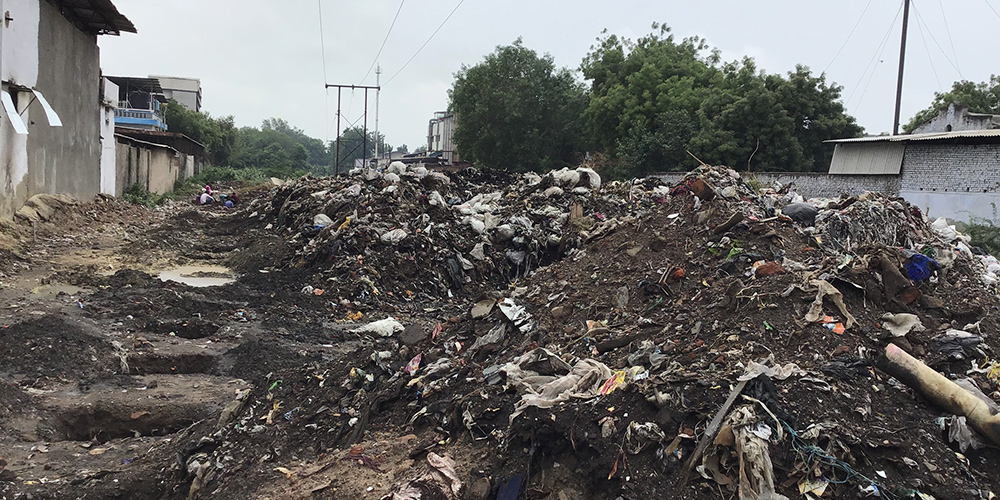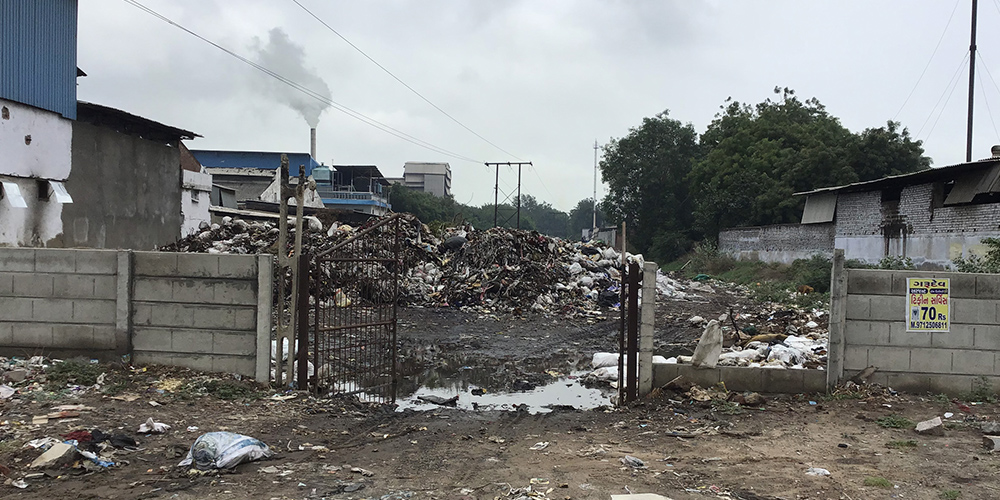Research Report Industrial Symbiosis in India – Challenge or Opportunity?
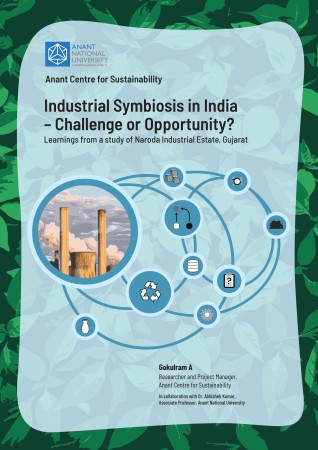
The development of industrial ecosystems is dependent on the availability of an adequate supply of raw materials and its sustainable use. The rapid growth of industrial estates and the flow (or lack of it) of materials within these estates raises important questions around resource efficiency. Indeed, companies within Indian industrial estates violating waste management rules is a perennial problem. Further, it is much more challenging to attain a closed-loop system of material exchange within an industrial estate in India. However, our research also found early attempts of industrial symbiosis in some cases and a well-entrenched informal waste management system that currently overrides all formal material exchanges.
The study finds that the biggest challenge for successful industrial symbiosis within industrial estates to be the lack of trust and cooperation among companies to network, communicate, and exchange materials. On the other hand, we found that there were interactions amongst several company managers on issues related to the environment, water pollution, waste management, infrastructure and management of the industrial estate, which could lead to an environmentally favourable decision on exchanging waste materials for utilisation. There were also several informal interactions during commuting, events and casual engagements amongst company managers.
- Background
- Names and affiliations of the experts
- Industrial symbiosis factors identified during the roundtable
- Envisaging the solutions
- Key points from the discussion
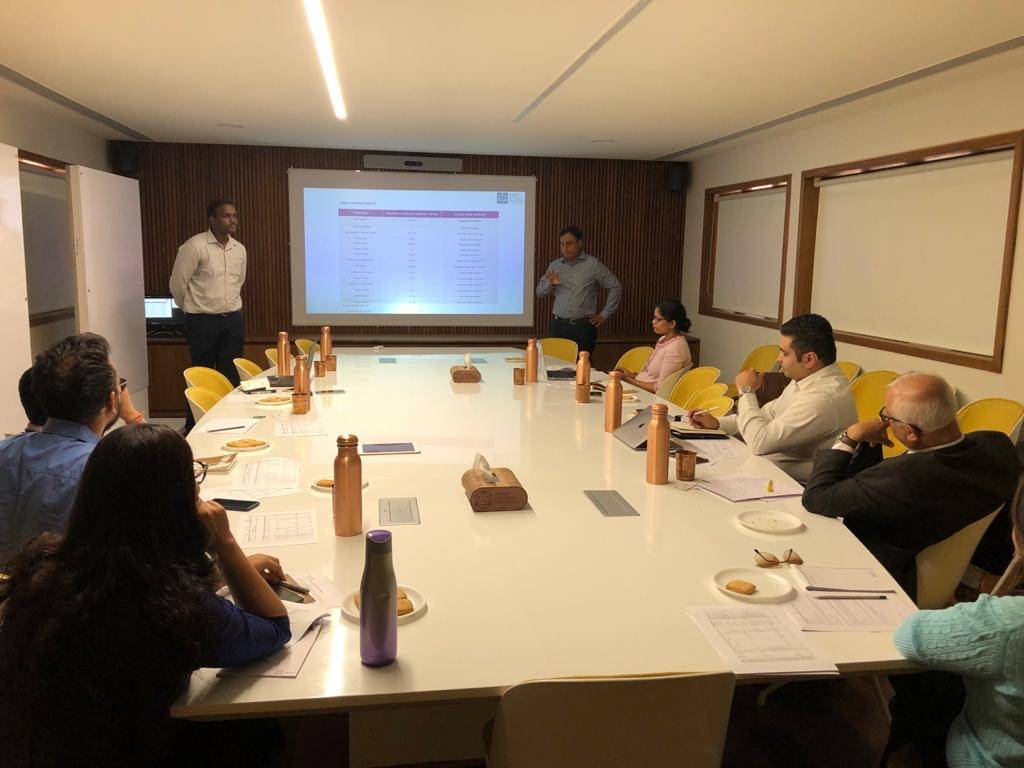
The Centre for Sustainability at Anant National University gathered subject-matter experts from academia, consulting firms and industry to discuss industrial symbiosis – a challenge and an opportunity, on 14 of December 2019 at AnantU campus. The pioneering research study presented industrial symbiosis survey data on Naroda industrial estate (NIE), Ahmedabad, comprises 1200 manufacturing industries. The data covers the physical, network and financial flows of waste to examine the industrial symbiosis factor of the estate.
The participants came from a diverse background specialised in entrepreneurship, waste to wealth, eco-industrial park development and policy, sustainable architecture, energy systems, supply chain, water and sanitation. The three insightful sessions on a day-long discussion brainstormed several ideas and enriching thoughts on the understudied subject in India. The session covered the following topics: industrial development policy in India, waste to wealth, eco-industrial framework, industrial ecosystem, material recyclability, waste diversion from landfill sites, resource efficiency, and informal waste traders.
- Dr Miniya Chatterji, CEO, Sustain Labs Paris and Director, Centre for Sustainability, Anant National University
- Ulhas Parlikar, Global consultant, Circular economy
- Ankit Kapasi, Senior consultant, Sofies
- Ashima Banker, Director, Master of Urban Design, Anant National University
- Suhas Toshniwal, Assistant Professor, Anant National University
- Bhavik Mehta, Assistant Professor, Anant National University
- Rupa Singh, Assistant Professor, Anant National University
- Subhalaxmi Mohapatra, Associate Professor, Anant National University
- Dr Abhishek Kumar, Associate Professor, Anant National University
- Gokulram, Research Associate, Centre for Sustainability, Anant National University
Industrial symbiosis finds potential buyers within a defined boundary that converts by-products into products. This discussion established seven key elements in an industrial ecosystem to gain a mutual advantage: utility synergy, infrastructure synergy, supply-chain sharing, by-product exchange, service synergy, collective maintenance, and urban development involving local municipalities and communities.
Continuous overconsumption of raw materials and overproduction of industrial waste raises the demand for dumping zones and logistics. “The waste is not a tradable commodity” is misunderstood by most of the companies. Often the storage and transportation expenses become a barrier in considering the physical exchange of waste. For example, a medium-scale furniture company stored 3.8 metric tons of leftover wood scraps per annum. By building mutual trust and cooperation with the neighbouring bakery industry, the company traded wood waste as a fuel.
A key insight was, “information on waste is only available for the privileged”. Waste recycling is dominated by informal waste dealers, who are dealing with waste for cash. This scenario abandons the recyclers and remanufacturers within the industrial estate. For example, a plastic remanufacturing company converts 50 metric tons of transported plastic waste from a large-scale enterprise located more than 30 kilometres from the NIE. However, the companies could use the large quantity of plastic waste, which is disposed to landfill.
The industrial symbiosis depends on involving five significant stakeholders: material extractor, waste generating companies, consumers, regulating authorities, and waste recyclers – formal and informal actors. Each actor type is a part of the ecosystem, and they play an essential role in closing the loop.
On further brainstorming sessions, the participants emphasised on developing a material flow information database, which can help researcher and practitioner access the essential data to enhance the industrial symbiosis activity. This database includes categorisation of waste types, which could help in material matchmaking, short supply chain and waste exchange platforms.
The discussion summarised with a compilation of action points to benefit the material exchange practices for a competitive and sustainable advantage. The trust and cooperation will be the key factor in enhancing the industrial symbiosis practice among the influential actors.
Adoption of best practices
Many industrial estates have shown successful results on material exchange activities. Adopting waste exchange practices could divert material dumping to potential companies. A detail reporting on the material flow, network flow and financial flow will discover the gaps acting as a barrier to close the loop.
Participative approach
Apart from making the waste data visible to the facilities, the stakeholders must collaborate to eliminate the waste. Continuous development strategies and community participation should be organised to motivate the waste generating facilities to exchange waste with other companies.
Formalising the informal
The informal waste sectors are an effectively invisible supply chain that connects and transports the waste from facilities. They are often not included in the waste recycling system and deals with continuous exploitation. Several circular business models have built to connect the door-to-door waste pickers, informal waste traders and recyclers to improve the quality of life. Formalising informal sectors improvise not only the livelihood of the workers but also increases the waste supply to relevant manufacturers.
Executive Summary Industrial Symbiosis Research
Industrial Symbiosis (IS) in India is yet to attain scale and significance in practice however researches are being carried out in this field that is pushing the industrial estates and other industrial bodies to explore the possibility. This study is one of the boldest in its sweep and rigour as it takes Naroda Industrial Estate (NIE), one of the largest and pioneering industrial estates in the country and locates IS against the context of non-hazardous waste utilization. The study takes 65 firms as the sample for the universe of nearly 1000 companies in the NIE and evaluates the possibility of effecting IS through a rigorous research methodology. The study generated primary data through interviews, focus group discussions and questionnaire surveys regarding: quantity and quality of waste generated; current and ideal methods of non-hazardous waste disposal; and information, material and monetary flow related to the non-hazardous waste. It also referred to extensive literature available on IS and its practice across the world.
This study conducted a gap analysis across all the actor types and indicated the path towards IS at NIE. The study conceptualized the situation, both current and potential, evaluated the methods to bridge the gaps and constructed a model that theorizes IS in India. This research is a path-breaking study in its theory-building character besides providing practitioners of IS a handy tool to perform.
The full report would be available soon on the website.


